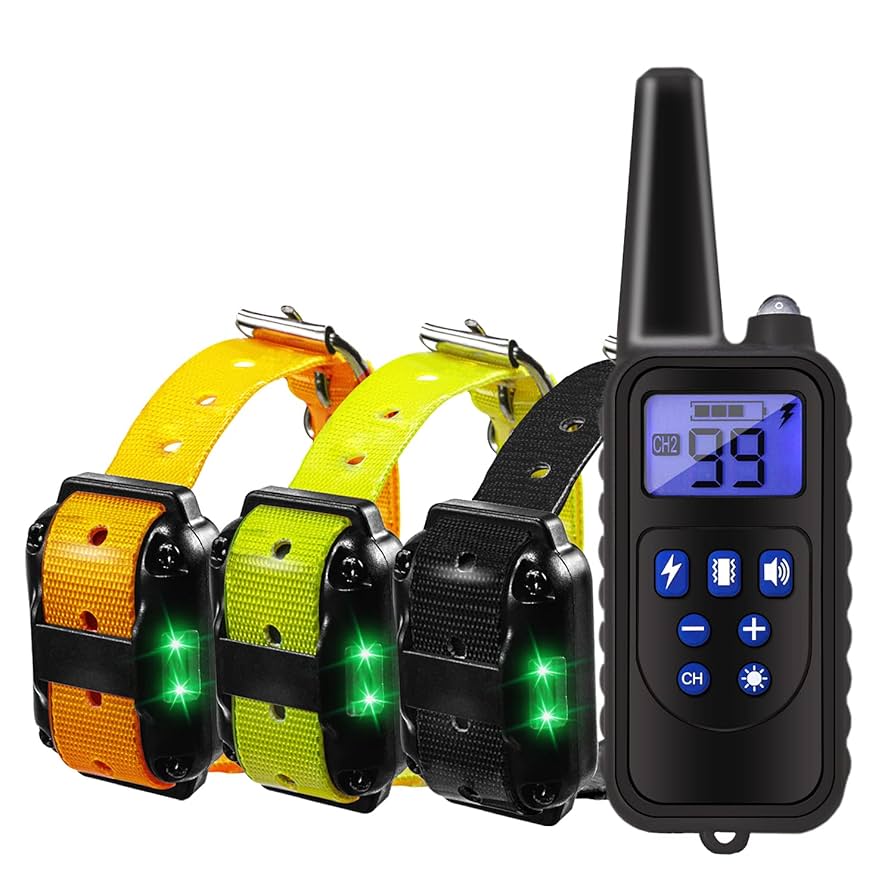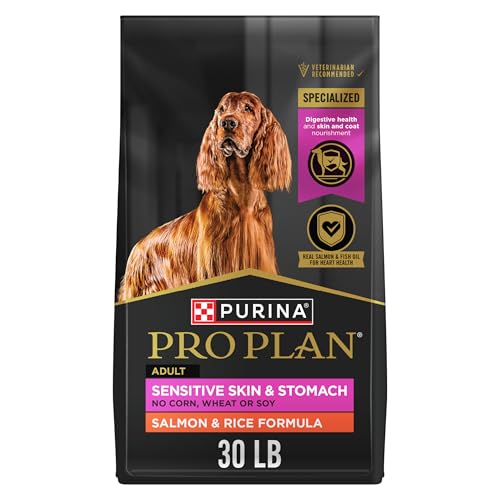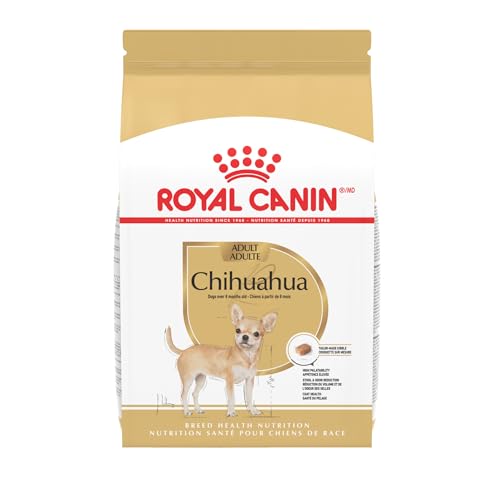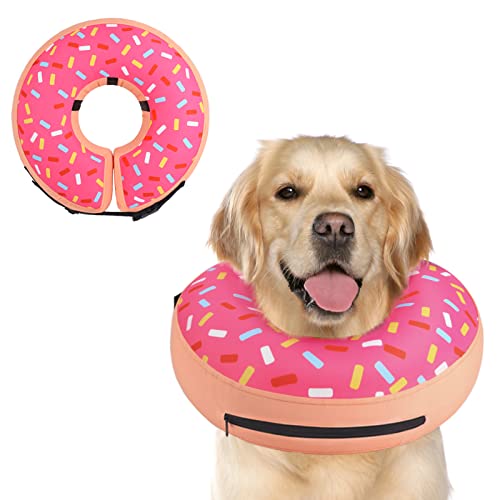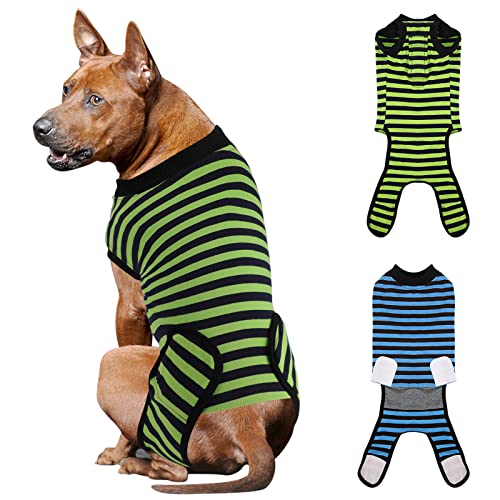Are you ready to bring home a furry friend but worried about allergies? Rescuing a hypoallergenic dog could be the perfect solution for you.
These special dogs shed less and produce fewer allergens, making them great companions for allergy sufferers. But how do you find the right one and ensure a smooth rescue process? Keep reading, because you’ll discover simple, practical steps to rescue a hypoallergenic dog and give your new best friend the loving home they deserve.
Your perfect companion is waiting—let’s make it happen!
Choosing The Right Hypoallergenic Dog
Choosing a hypoallergenic dog means finding a pet that causes fewer allergy problems. These dogs shed less and release fewer allergens.
It is important to pick a dog that fits your home and health needs. This guide helps you choose the right hypoallergenic dog.
Popular Hypoallergenic Breeds
Some dog breeds are known for causing fewer allergies. They have hair instead of fur or shed very little.
- Poodle – Intelligent and low shedding
- Bichon Frise – Small and fluffy with little dander
- Shih Tzu – Long hair that sheds less
- Maltese – Soft coat that does not shed much
- Schnauzer – Comes in small, medium, and large sizes
Assessing Your Lifestyle
Think about your daily routine before choosing a dog. Some dogs need more exercise and grooming than others.
Consider your home size, work hours, and activity level. Choose a dog that matches your lifestyle and time.
- Do you have enough time for grooming?
- Can you provide daily walks or playtime?
- Is your home big enough for an active dog?
- Do you prefer a small or large breed?
Allergy Considerations
Even hypoallergenic dogs can cause allergies in some people. Allergies come from dander, saliva, and urine.
Test your allergy before adopting. Spend time with the dog and see if symptoms appear.
- Ask to meet the dog before adoption
- Wash your hands after touching the dog
- Keep the dog clean and groomed regularly
- Use air purifiers to reduce allergens

Credit: www.diamondpet.com
Preparing Your Home
Bringing a hypoallergenic dog home needs some planning. Prepare your space to keep your new pet safe and happy.
Setting up before arrival helps your dog adjust quickly. It also makes caring for them easier.
Creating A Safe Space
Make a quiet area where your dog can rest and feel secure. This spot should be away from loud noises and busy rooms.
Use a comfortable bed or crate to give your dog a cozy place. Add blankets or toys that they can snuggle with.
- Choose a calm corner in your home
- Provide soft bedding and familiar items
- Keep the space clean and free of hazards
Essential Supplies
Gather supplies before your dog arrives. Having everything ready helps avoid stress for you and your pet.
Basic supplies include food, water bowls, grooming tools, and toys suited for hypoallergenic dogs.
- Hypoallergenic dog food recommended by your vet
- Sturdy water and food bowls
- Brushes designed for sensitive coats
- Safe chew toys and comfort items
- Leash and collar with ID tags
Pet-proofing Tips
Check your home for dangers your dog could face. Remove or secure items that could cause harm.
Keep electrical cords out of reach and store cleaning supplies safely. Block off small spaces where your dog could get stuck.
- Hide or cover electrical cords
- Store chemicals and cleaners in locked cabinets
- Remove small objects your dog could swallow
- Secure trash bins to prevent spills
- Check fences and gates for escape risks
Rescue Process Steps
Rescuing a hypoallergenic dog is a rewarding experience. It takes time and care to find the right pet.
This guide explains the steps to rescue a hypoallergenic dog. Follow each step to make good choices.
Finding Reputable Shelters
Look for shelters that specialize in hypoallergenic dogs. Check their reputation and reviews online.
Visit shelters in person to see how they care for their animals. Ask about their rescue process.
- Search local animal rescue groups
- Check shelter websites for available dogs
- Ask about hypoallergenic breeds they have
- Verify the shelter’s animal care standards
Application And Interview Tips
Fill out the adoption application carefully and honestly. Provide all requested information clearly.
Prepare for an interview where staff ask about your lifestyle. Show you understand dog care needs.
- Answer questions about your home and family
- Explain why you want a hypoallergenic dog
- Discuss your experience with pets if any
- Be ready to talk about daily routines
Meeting Potential Dogs
Meet dogs you are interested in before deciding. Spend time with them to see their personality.
Observe how the dog reacts to you and your family. Check for signs of comfort and friendliness.
- Ask shelter staff about the dog’s behavior
- Test if the dog is calm and friendly
- See how the dog responds to gentle petting
- Note if the dog has any special needs
First Days With Your Dog
Bringing home a hypoallergenic dog is exciting and needs patience. The first days help your dog adjust to the new home.
Taking time to settle your dog makes the bond strong and keeps stress low.
Introducing To Family And Pets
Introduce your dog slowly to family members. Let your dog meet one person at a time in a calm space.
For other pets, keep dogs separated at first. Use a leash or gate to control meetings.
- Keep introductions short and calm
- Watch for signs of fear or aggression
- Give treats to reward calm behavior
- Increase time together slowly each day
Setting A Routine
Dogs feel safe with a clear routine. Set fixed times for feeding, walks, and play.
Keep the routine simple to help your dog learn what to expect daily.
- Feed your dog at the same times each day
- Take walks at regular intervals
- Set play and rest times
- Keep bedtime consistent
Managing Anxiety And Stress
New environments can make dogs anxious. Watch your dog for signs like shaking or hiding.
Use calm voices and gentle petting to soothe your dog. Avoid loud noises and sudden moves.
- Provide a quiet safe space for your dog
- Offer favorite toys or blankets
- Give short, calm training sessions
- Spend quiet time together daily
Training And Socialization
Rescuing a hypoallergenic dog is a kind choice. Training and socializing help your dog feel safe and happy.
Good training builds trust. Socialization helps your dog meet new friends without fear.
Basic Commands
Teaching simple commands like “sit” and “stay” keeps your dog safe. Start with short sessions and clear words.
Use calm tones and repeat commands. Practice daily to help your dog learn quickly.
- Start with “sit,” “stay,” and “come”
- Use treats to encourage good behavior
- Keep training sessions short and fun
Positive Reinforcement
Reward your dog with treats, praise, or play. This helps your dog want to learn and behave well.
Avoid punishment. It can make your dog scared or confused. Always reward good actions immediately.
- Give treats right after good behavior
- Use happy words and pet your dog
- Be patient and consistent every day
Socializing Safely
Introduce your dog to new people and pets slowly. Watch how your dog reacts and stop if it feels scared.
Use calm places for first meetings. Keep visits short and positive to build good memories.
- Meet new friends in quiet areas
- Use treats to reward calm behavior
- Watch your dog’s body language closely

Credit: www.dogingtonpost.com
Health And Grooming Needs
Rescuing a hypoallergenic dog means caring for its unique health and grooming needs. These dogs can be great for allergy sufferers but still need proper care.
Understanding their health and grooming helps keep them happy and healthy for years.
Regular Vet Visits
Take your hypoallergenic dog to the vet regularly. Check-ups help find health problems early.
Vaccines, dental care, and parasite control are important parts of vet visits.
- Schedule at least one vet visit per year
- Ask about allergy-friendly treatments
- Keep vaccinations up to date
- Monitor dental health closely
Grooming Tips For Hypoallergenic Dogs
Hypoallergenic dogs need regular grooming to keep their coats clean and healthy. Their hair may grow longer or curl differently than other dogs.
Brush their fur often to stop mats and remove loose hairs.
- Brush at least 3 times a week
- Use a gentle, dog-friendly shampoo
- Trim hair regularly to avoid tangles
- Clean ears and check for infections
- Clip nails every few weeks
Diet And Exercise
Feed your dog a balanced diet to keep its skin and coat healthy. Good food supports their immune system and energy levels.
Exercise helps maintain a healthy weight and mental well-being. Choose activities that fit your dog’s breed and age.
- Provide high-quality dog food
- Give meals in regular portions
- Offer fresh water daily
- Exercise at least 30 minutes daily
- Play games for mental stimulation
Building A Long-term Bond
Rescuing a hypoallergenic dog is a special experience. It takes time and care to build a strong bond.
Understanding your dog’s needs helps create trust and a lasting friendship.
Understanding Behavior
Each hypoallergenic dog has unique habits and feelings. Watching your dog’s actions shows what it needs.
Learn signs of stress or happiness to respond well. This helps your dog feel safe and loved.
- Notice body language like tail wagging or ears back
- Observe how your dog reacts to new places and people
- Watch for signs of anxiety or excitement
Consistency And Patience
Be calm and steady in how you treat your dog. Dogs learn best with regular routines and clear rules.
Patience helps your dog adjust at its own speed. Avoid rushing or forcing actions that cause fear.
- Feed and walk your dog at the same times each day
- Use gentle words and rewards to encourage good behavior
- Give your dog time to explore new things safely
Celebrating Progress
Notice small steps your dog takes toward trust and comfort. Celebrate these moments to build confidence.
Positive attention shows your dog that it is doing well. This makes your bond stronger over time.
- Praise your dog for calm behavior
- Give treats after learning new commands
- Spend quiet time together to enjoy trust

Credit: 4everyoursrescue.org
Frequently Asked Questions
What Is A Hypoallergenic Dog?
Hypoallergenic dogs are breeds that produce fewer allergens. They shed less dander, which reduces allergic reactions. However, no dog is completely allergen-free. Regular grooming and cleaning can help minimize allergens in your home. If you suffer from allergies, consider breeds like Poodles or Bichon Frises.
How To Find A Hypoallergenic Dog To Rescue?
Start by contacting local shelters and rescue groups. Specify your interest in hypoallergenic breeds. Use online platforms like Petfinder to search for specific breeds. Attend adoption events to meet dogs. Be patient and open to mixed breeds, which may also be hypoallergenic.
Why Rescue A Hypoallergenic Dog?
Rescuing a dog saves a life and provides a loving home. Hypoallergenic breeds are ideal for allergy sufferers. Adoption fees are usually lower than buying from breeders. Rescuing also helps reduce the demand for puppy mills. You gain a loyal companion while making a positive impact.
Are Hypoallergenic Dogs Good For Families?
Yes, hypoallergenic dogs are great for families with allergies. They tend to shed less, reducing allergens in the home. Many hypoallergenic breeds are friendly, gentle, and easy to train. They make excellent companions for children and adults alike. Always supervise interactions between dogs and young children.
Conclusion
Rescuing a hypoallergenic dog brings joy and love to your home. These dogs need care and patience to feel safe. Choose a dog that fits your lifestyle and needs. Offer a warm space and gentle attention every day. Watch your new friend grow happy and healthy.
Rescue gives dogs a second chance to thrive. Your kindness changes a life forever. Embrace the journey with hope and heart. Caring for a hypoallergenic dog is rewarding and true.

